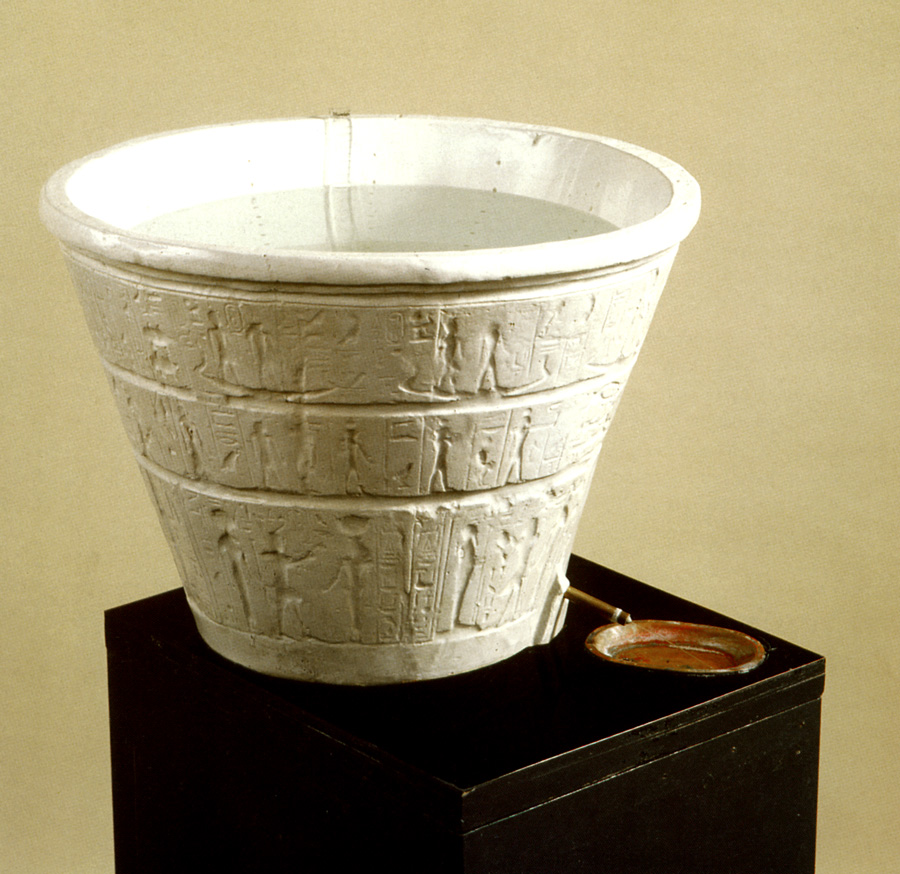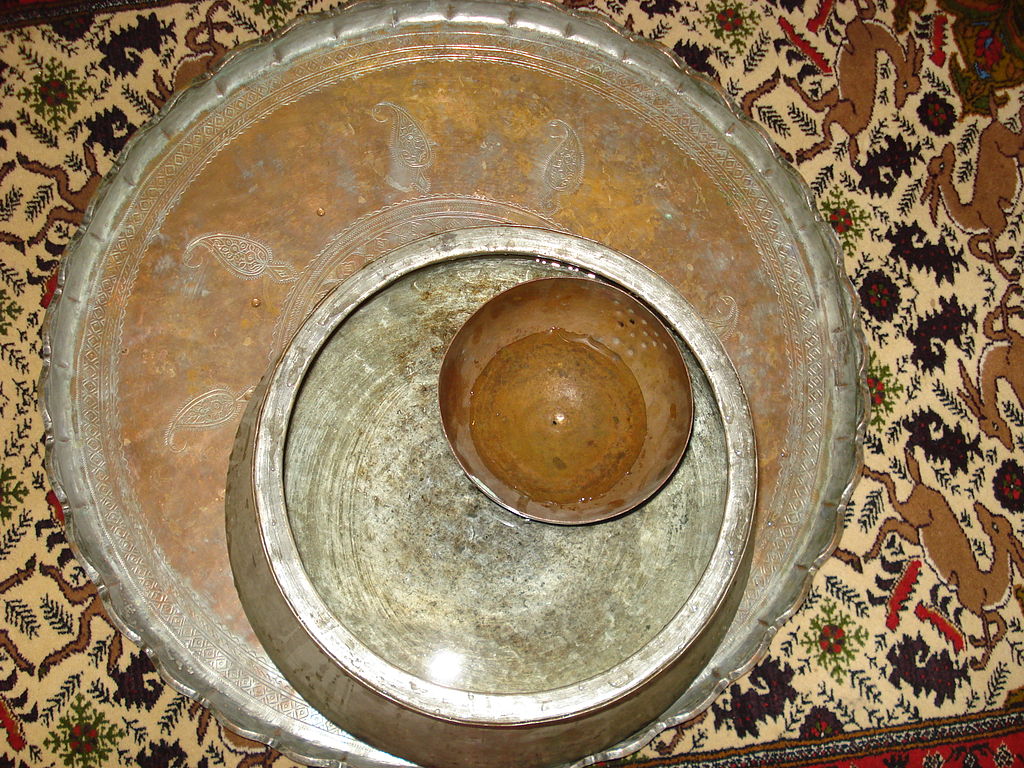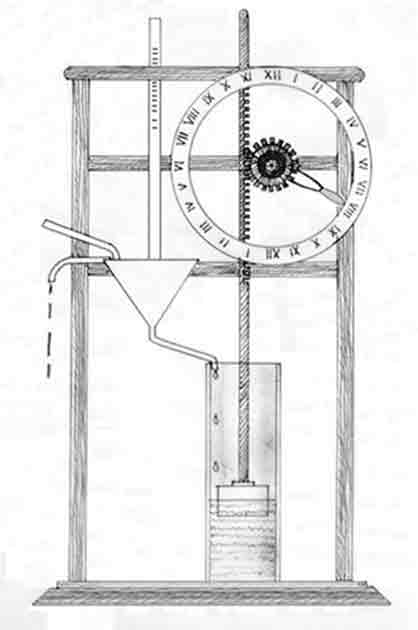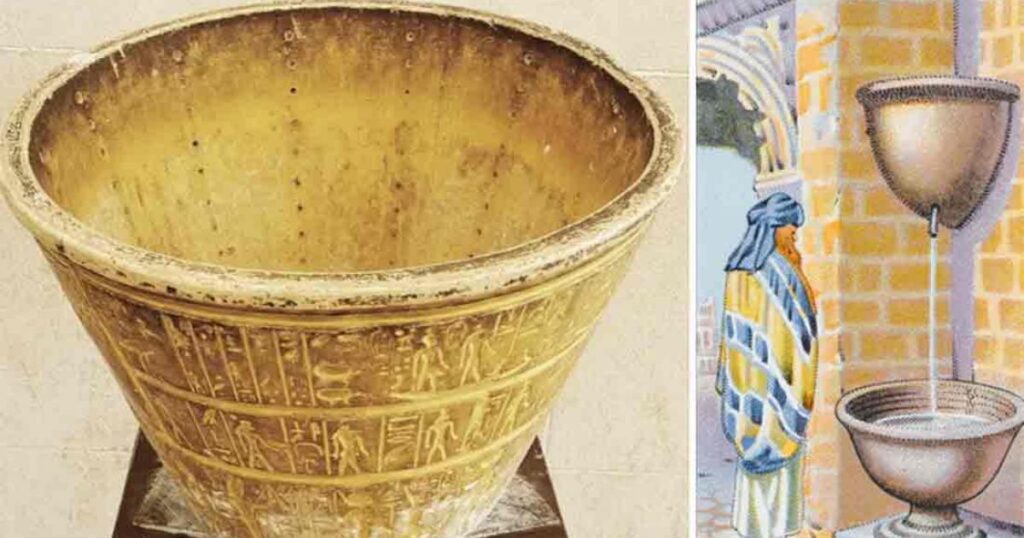In the extensive narrative of human history, the development of timekeeping devices marks a crucial turning point in our progression toward civilization. Among these early creations, the water clock, also known as the clepsydra, stands out as a remarkable illustration of the creativity of ancient cultures. While we often take our accurate timekeeping for granted today, the water clock was instrumental in shaping our contemporary understanding of time. This article delves into the origins, advancements, and significance of the water clock, a device that has endured across centuries to shape our perception of time in the present day.
The Origins of the Water Clock
The water clock ranks among the earliest timekeeping instruments, with its oldest known example dating back to approximately 1500 BC. Discovered in the tomb of Pharaoh Amenhotep I in Egypt, this ancient relic provides insight into the resourcefulness of early societies. The fundamental mechanism of the water clock was both straightforward and effective: a container with a small opening at its base was filled with water, and time was tracked by observing the decline in water level as it gradually drained.

The Greeks and the Clepsydra
By 325 BC, the water clock had reached Greece, where it became known as the clepsydra, meaning “water thief.” The Greeks enhanced this device and utilized it for various applications, especially in legal settings. In Athens, for example, the clepsydra was employed to time speeches during trials, ensuring that orators like Aristotle, Aristophanes, and Demosthenes adhered to their allotted speaking time. Adjustments to the water level in the vessel were made based on the nature of the speech or trial, showcasing the device’s adaptability in regulating time.

The Ghatika Yantra: The Ancient Indian Water Clock
The influence of the water clock extended well beyond Greece, reaching ancient India, where it was referred to as the Ghatika Yantra. This device was integral to daily life, helping to schedule religious ceremonies, astronomical observations, and everyday tasks. Similar to its Greek counterpart, the Ghatika Yantra underscores the universal human need for a dependable method of measuring time, transcending cultural and geographic divides.

The Evolution of Water Clocks
Although the basic concept of the water clock was relatively simple, ancient engineers encountered numerous challenges in ensuring its accuracy. A primary concern was maintaining a consistent flow of water, which required stable pressure. To solve this problem, water clocks were frequently linked to a large reservoir that kept the water level constant. Additionally, variations in daylight hours with changing seasons meant that these clocks needed to be recalibrated monthly.

As these challenges were addressed, more intricate designs and innovations in water clock technology emerged. These early timepieces laid the foundation for mechanical clocks, which eventually developed into the advanced devices we utilize today. From water clocks to quartz clocks and beyond, humanity’s pursuit of precise time measurement has been a significant force behind innovation.
Conclusion
The ancient creation of the water clock represents a captivating chapter in the evolution of timekeeping. From its modest origins in ancient Egypt to its widespread adoption in Greece, India, and elsewhere, the water clock embodies humanity’s universal aspiration to comprehend and quantify time. Although the obstacles faced by early engineers may feel distant now, their groundbreaking work continues to echo in the precise timepieces we depend on daily. As we appreciate how effortlessly we track time today, it’s worthwhile to reflect on the ingenuity and determination of those who first endeavored to capture life’s fleeting moments.
We hope this exploration of the water clock has been as enlightening for you as we intended. Follow our blog to stay informed about more fascinating topics related to the history of timekeeping.

